Exploring the Mayan ruins of Tulum on the Gulf Coast of Mexico
In the Yucatec language, Tulum means “wall” and refers to the large barricade which surrounds this ancient settlement of the Maya people. Another name for this place was and is Zama, which means dawn; appropriate, in that the whole complex faces east, and thus the rising sun.
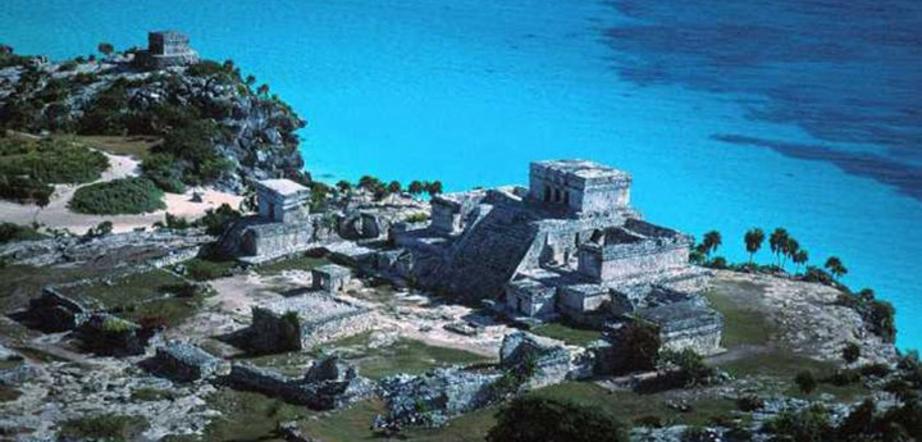
The explorers Stephens and Catherwood appear to have given the site’s name of Tulum in 1847, long after it had been abandoned by the Native people. However, it was Juan Jose Galvez who officially rediscovered this ancient place in 1840.
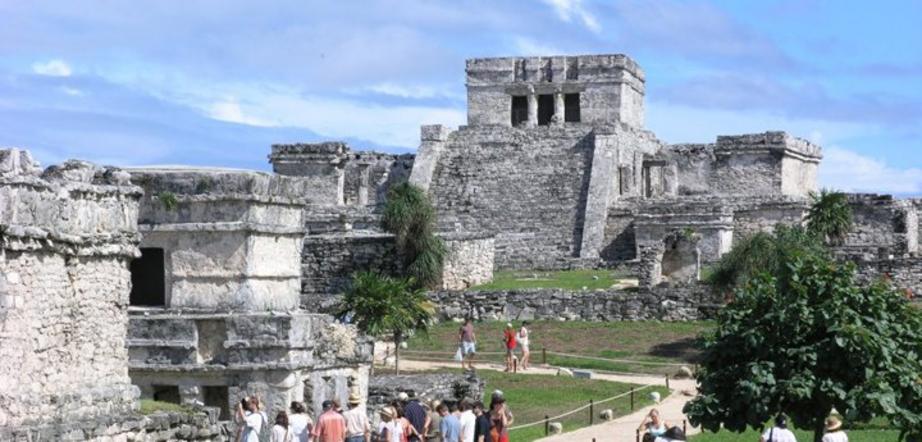
The earliest date found at Tulum is 564 AD, from an inscription on a stone stela. This means that construction began during the Classic Maya period, though it was at its prime between 1200 and 1521, in what is known as the post-Classic period. It was an important trade post for the Maya, as both maritime and land routes converged there.
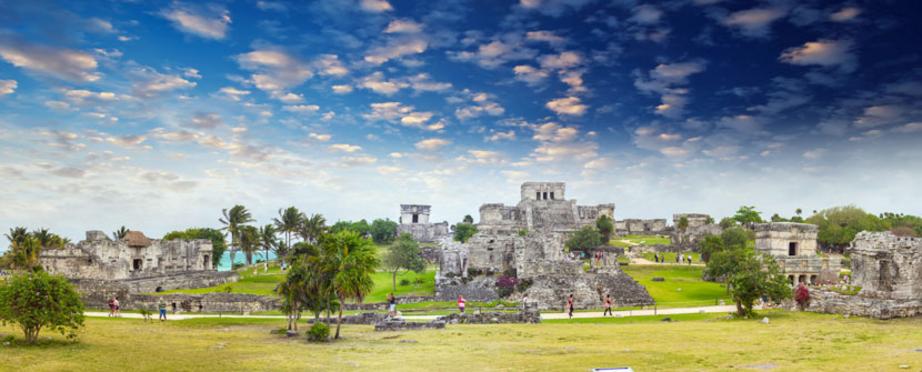
Artifacts found at or near the location indicate that Tulum was in contact with other Mayan cities in central Mexico and Central America; copper rattles and rings from the highlands of Mexico have been discovered, as well as jade pieces from Guatemala. The population crashed soon after the arrival of the Spanish, mainly due to introduced diseases, but is still used as a ceremonial center by local people. Join us as we explore Tulum and much more HERE in January 2018.
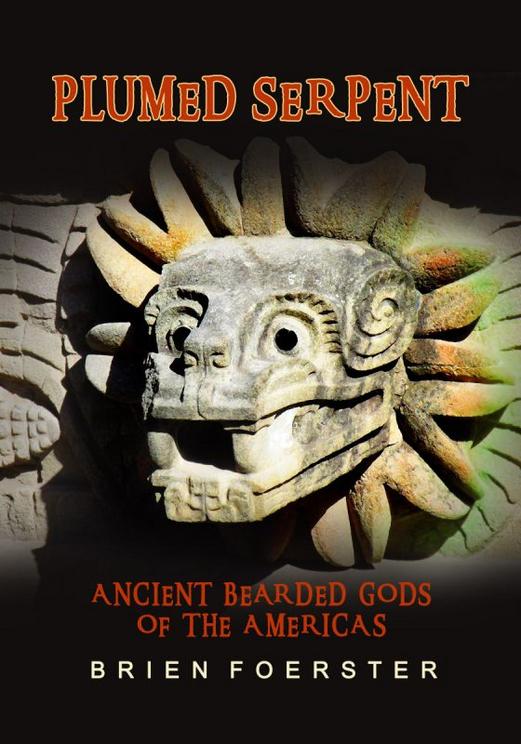
The above book includes more information about Tulum and ancient Mexico. It discusses an ancient teacher or teachers that arrived from a distant land and instructed the Maya and others about advanced concepts of art and the sciences, including agriculture. It is available HERE.
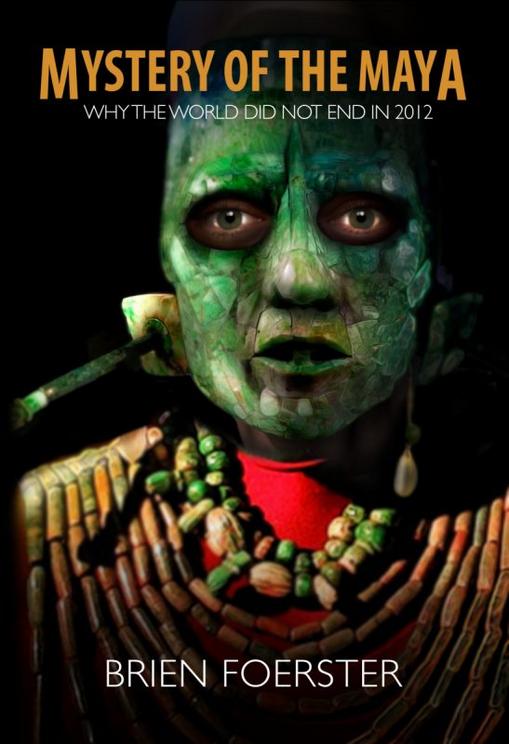
I am presently working on the above book, which will be available via amazon.com sometime in February 2017.

